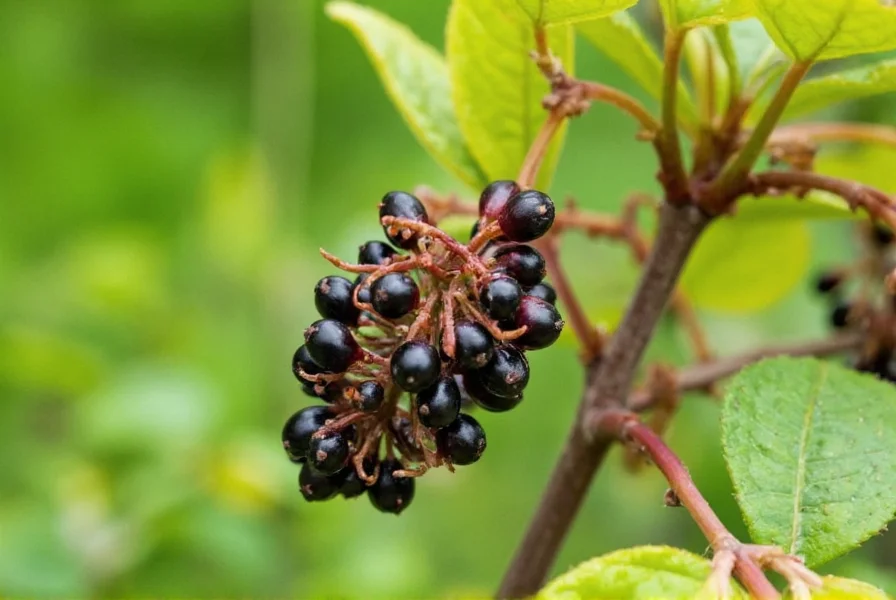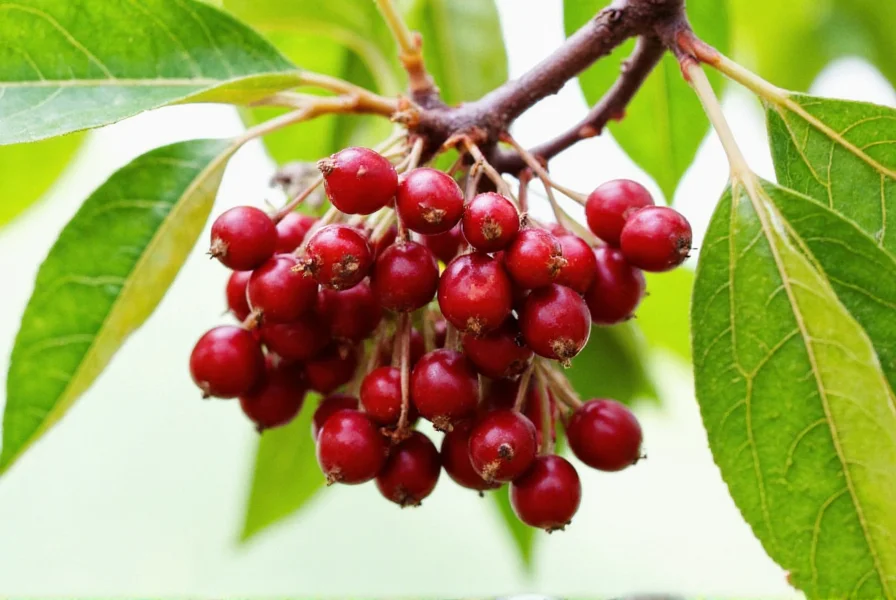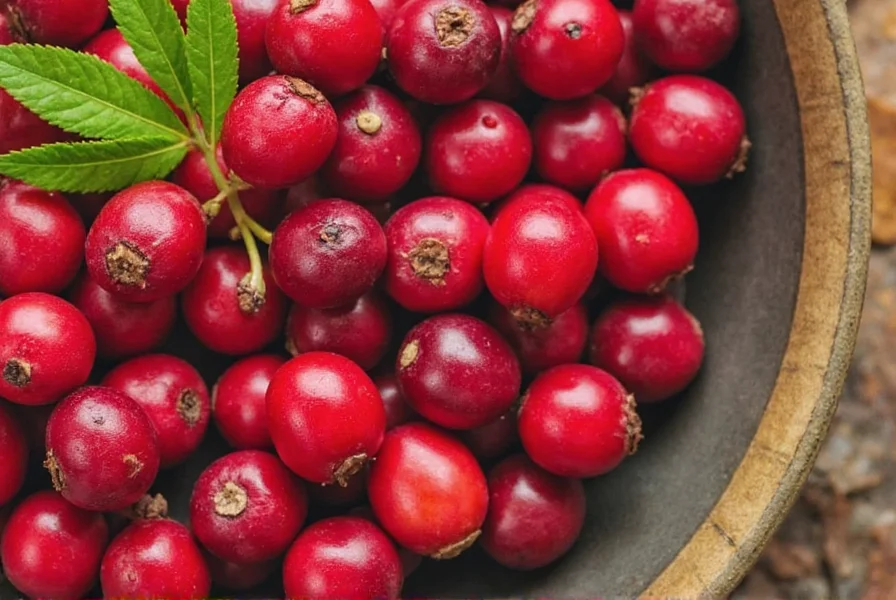Allspice berries, scientifically known as Pimenta dioica, have fascinated culinary enthusiasts for centuries with their complex flavor profile. Contrary to what the name might suggest, allspice isn't a mixture of different spices but rather a single berry that delivers a remarkable combination of warm, sweet, and spicy notes. This unique characteristic makes them invaluable in kitchens across the globe, from Caribbean jerk seasoning to European baking traditions.
Origin and Historical Background
The allspice tree, a member of the myrtle family, thrives in tropical climates, particularly in Jamaica, which remains the world's largest producer of high-quality allspice berries. Spanish explorers in the 15th century mistakenly believed these berries combined the flavors of several spices, hence the name "pimenta" (pepper) and eventually "allspice." Indigenous Taino people had been using the berries for both culinary and medicinal purposes long before European contact.
Botanical Characteristics
Allspice trees can grow up to 30 feet tall and produce small white flowers that develop into green berries. These berries are harvested just before ripening when they're still green, then sun-dried until they turn dark brown and wrinkled. The drying process concentrates the essential oils that give allspice its distinctive aroma and flavor. Each berry measures approximately 5-7mm in diameter and contains two seeds.
| Characteristic | Description |
|---|---|
| Scientific Name | Pimenta dioica |
| Native Regions | Caribbean, Central America, Southern Mexico |
| Primary Growing Areas Today | Jamaica, Guatemala, Honduras, Mexico |
| Harvesting Season | June to November |
| Flavor Profile | Cinnamon, nutmeg, cloves, pepper |
Understanding Allspice Berry Flavor Profile
The magic of allspice berries lies in their complex chemical composition. Eugenol (also found in cloves), cineole (present in bay leaves), and caryophyllene (a compound in black pepper) work together to create that signature blend of flavors. When properly stored and used, whole allspice berries maintain their potency significantly longer than pre-ground versions. The berries release their full flavor when cracked, toasted, or simmered in liquid, making them ideal for pickling, stews, and braises.

Culinary Applications of Allspice Berries
Chefs and home cooks value allspice berries for their versatility across various cuisines. In Caribbean cooking, they're essential for authentic jerk seasoning and pickled vegetables. Scandinavian bakers use them in traditional Christmas treats like Swedish "pepparkakor" ginger cookies. Middle Eastern cuisine incorporates whole allspice berries into rice dishes and meat marinades. The berries work particularly well in slow-cooked dishes where their flavors can gradually infuse the entire recipe.
When using whole allspice berries, remember they're meant to be removed before serving, much like bay leaves. For more intense flavor distribution, lightly crush the berries before adding them to your dish. This technique works exceptionally well for allspice berry uses in cooking that require deep flavor penetration, such as braised meats or hearty stews.
Whole Berries vs. Ground Allspice
Understanding the difference between allspice berries and ground allspice is crucial for optimal cooking results. Whole berries retain their essential oils and flavor compounds much longer than pre-ground versions. When stored properly in an airtight container away from light and heat, whole allspice berries maintain peak quality for 2-4 years, while ground allspice typically loses potency within 6-12 months.
For the freshest flavor, consider grinding your own allspice berries using a dedicated spice grinder or mortar and pestle. This simple step dramatically enhances the aromatic qualities of the spice. The practice of grinding whole Jamaican allspice berries just before use represents a professional cooking technique that elevates even simple recipes.
Proper Storage Techniques
To maximize shelf life and maintain the complex flavor profile of allspice berries, follow these storage recommendations:
- Store in an airtight glass or metal container (not plastic, which can absorb odors)
- Keep away from direct sunlight and heat sources
- Maintain consistent room temperature (avoid refrigerator moisture)
- Buy in small quantities from reputable sources to ensure freshness
These how to store allspice berries practices preserve the volatile oils responsible for allspice's distinctive aroma. Properly stored whole berries develop a richer, more complex flavor over the first few months after drying before gradually declining in quality.
Substitution Options and Techniques
When you need a suitable replacement for allspice berries, understanding proper allspice berry substitution ratios is essential. The most accurate substitute combines equal parts ground cinnamon, nutmeg, and cloves. For whole berry substitution in recipes requiring simmering or steeping, use one whole clove, 1/4 teaspoon cinnamon, and a pinch of nutmeg per berry called for in the recipe.
However, be aware that no substitution perfectly replicates the unique chemical composition of genuine allspice berries. In Caribbean recipes especially, substitutions often fail to deliver authentic results. When possible, seek out authentic Jamaican allspice berries, which are considered superior in flavor complexity compared to varieties from other growing regions.

Health Considerations and Traditional Uses
While not a substitute for medical treatment, allspice berries have been used in traditional medicine for centuries. They contain eugenol, which has natural antiseptic and anti-inflammatory properties. Some cultures have used allspice for digestive support and to alleviate minor aches and pains. The berries also provide small amounts of vitamins A and C, manganese, and fiber.
When exploring potential allspice berry health benefits, remember that culinary use provides minimal nutritional impact. Consuming allspice in normal food quantities is generally considered safe for most people. Those with specific health conditions or taking certain medications should consult healthcare providers before using allspice medicinally.
Common Misconceptions Clarified
One of the most persistent myths is that allspice berry vs mixed spices represents different products. In reality, authentic allspice comes exclusively from Pimenta dioica berries. Commercial "allspice blends" that combine multiple spices are mislabeled and don't provide the authentic flavor experience. True allspice berries offer a single, complex flavor that cannot be perfectly replicated by mixing separate spices.
Another misconception involves the quality differences between allspice from various regions. While Jamaica produces the most renowned variety, high-quality allspice berries also come from Guatemala, Honduras, and Mexico. The growing conditions, harvesting methods, and drying processes significantly impact the final flavor profile more than the country of origin alone.
Practical Cooking Tips
For optimal results with allspice berry cooking tips, consider these professional techniques:
- Toast whole berries in a dry skillet for 1-2 minutes before use to intensify flavors
- Add whole berries early in slow-cooked dishes to allow maximum flavor extraction
- Use a spice mill rather than a coffee grinder for fresher, more consistent results
- Pair with citrus elements to balance the warm spice notes
- Complement with other warm spices like star anise or cardamom for complex blends
Understanding these nuances transforms ordinary recipes into extraordinary culinary experiences. Whether you're preparing traditional Jamaican jerk chicken, Scandinavian holiday treats, or experimenting with fusion cuisine, authentic allspice berries provide that distinctive flavor foundation that defines so many beloved dishes worldwide.











 浙公网安备
33010002000092号
浙公网安备
33010002000092号 浙B2-20120091-4
浙B2-20120091-4